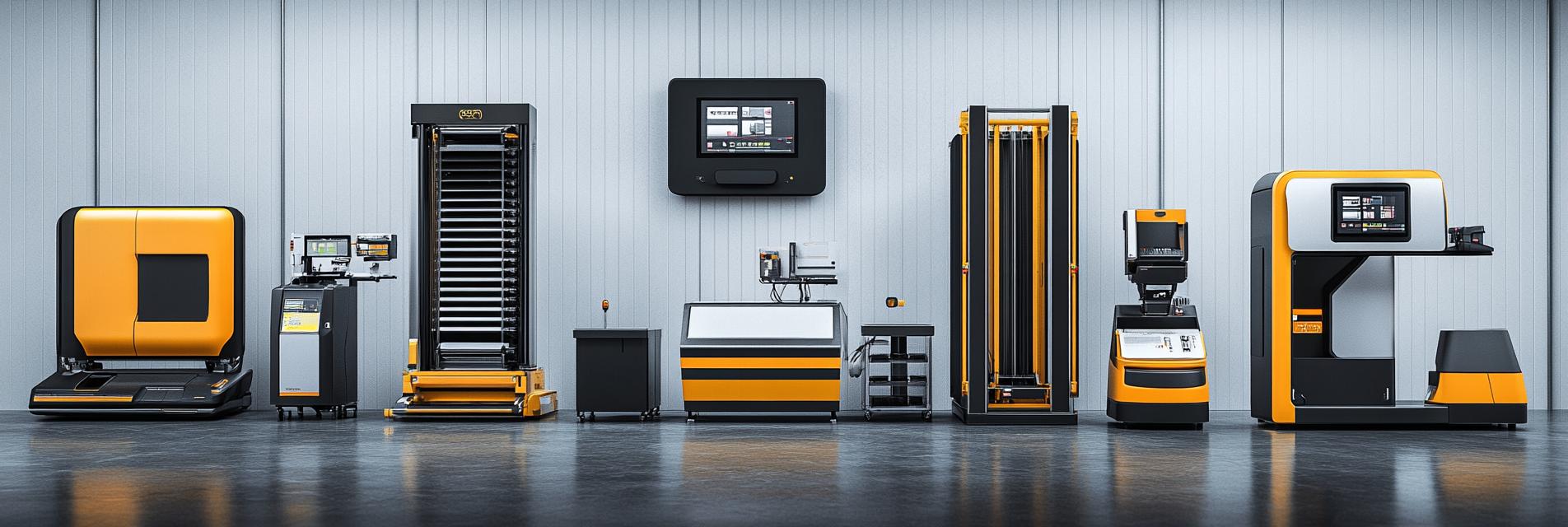In recent years, vertical conveyor systems have undergone a significant transformation, driven by advancements in technology. These systems are essential in various industries, including manufacturing, warehousing, and distribution, primarily for their ability to transport materials vertically in a space-efficient manner.
With the rise of automation, vertical conveyor systems now incorporate state-of-the-art technologies that enhance their performance. Intelligent automation technologies, such as AI and machine learning, enable these systems to operate more efficiently by optimizing routing, minimizing downtime, and improving overall throughput.
Modern vertical conveyor systems are designed with energy efficiency in mind. Innovations such as regenerative drives and energy recovery systems not only reduce energy consumption but also lower operational costs, making them more sustainable and appealing options for businesses.
The Internet of Things (IoT) plays a critical role in the transformation of vertical conveyor systems. By integrating sensors and connectivity features, companies can monitor system performance in real-time, enabling proactive maintenance and timely decision-making based on data analytics.

In summary, the future of vertical conveyor systems is being reshaped by technological innovations that pave the way for greater efficiency, reliability, and sustainability. As industries continue to evolve, staying at the forefront of these advancements will be essential for businesses looking to enhance their operational capabilities.
